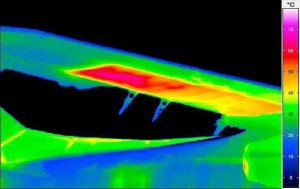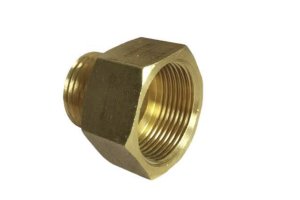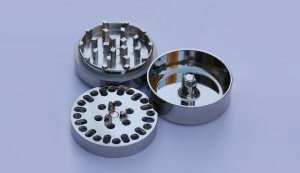CNC (Computer Numeric Control) machining is a powerful technology that has revolutionized modern fabrication methods. From small and intricate parts to large volumes, CNC machines can handle a variety of tasks with remarkable precision. One technique often leveraged within the realm of CNC machining is bead blasting.
Bead blasting is a process used in surface finishing to remove surface deposits through applying fine glass beads at high pressure without damaging the underlying surface. This not only reinstates the original condition but also prepares surfaces for coating or other treatment processes enhancing their durability.
Firstly, let’s explore how this method plays an integral role in CNC machining?
Broadly speaking, bead blasting assists in achieving two significant goals: aesthetic improvement and preparation for other treatments. The process aids in smoothing out irregularities on the material’s surface, imparting it a uniform texture and matte finish which appeals aesthetically. Additionally, by eliminating lipid contaminants, oxide layers, and minute particles embedded into the metal substrate, bead blasting optimizes surfaces for subsequent treatments like painting, plating, or powder coating, impacting bond strength positively.
Next, let’s understand how bead blasting is carried out in CNC machining context:
The bead blasting process involves projecting media (glass beads) against a product’s surface using specialized machinery. These machines typically incorporate a blast gun featuring an air compressor and a propellant. Simultaneously blowing pressurized air or another type of gas via the nozzle mobilize tiny beads forcefully onto the object to be cleaned, eroding away unwanted particulate matter from its exterior layer.
In most CNC facilities, skilled professionals operate these controlled processes, either manually or through automated systems directed by advanced software programs depending upon the complexity and scale of work.
Fine points while performing bead blasting:
1. Choice of Media – The size and material of the abrasive media depend on the job requirements. Glass beads utilized in bead blasting typically range from very fine to coarse. Their size can drastically affect the resultant finish. Larger beads yield rougher finishes and tend to remove material faster, while smaller beads provide a smoother surface but require more time.
2. Balancing Speed and Pressure – The velocity and pressure of the bead flow need precise adjustment per task specifics for achieving desired results effectively without damaging the treatment’s object. Overly aggressive bead blasting may lead to warping or distortion of delicate parts.
3. Safety First – Bead blasting is an environmentally safe method as glass beads are inert and contain no free silica preventing lung disease silicosis. However, its operators must take necessary personal protective measures such as wearing breath masks, gloves, and visors.
4. Post-processing Cleanup – While dealing with small CNC machined components post-blasting cleaning becomes vital in removing residue ‘blasted’ media to preclude accidental carry-over into subsequent manufacturing steps.
Bead blasting has multiple advantages within CNC machining:
1. Versatility: It can be applied on almost any metallic substrate, offering enhanced flexibility for CNC machining projects.
2. Consistency: Unlike manual scrubbing or sanding techniques that often result erratic finishes, bead blasting provides consistently uniform finishes across large areas.
3. Minimal Material Loss: As it polishes surfaces without significant material removal, dimensional integrity of the component remains uncompromised.
To sum up, bead blasting epitomizes the ideals of precision engineering embodied by modern day CNC machining processes – control, efficiency, and consistency. Moreover, undergone continuous evolution in sync with advancements in CNC technology, it underscores an indispensable albeit unsung role in producing superior finished products in industries spanning automotive, aerospace, medical, electronics, and beyond!
Other Articles You Might Enjoy
- Mastering Bead Blasting in CNC Machining(heat treatment of steel Sandy)
Understanding the process of bead blasting and its application in Computer Numerical Control (CNC) machining is crucial for every technician, designer, and manufacturer in the fields of engineering and industrial…
- Innovative CNC Machining for the Aerospace Sector
Innovative CNC Machining for the Aerospace Sector CNC machining, an abbreviation for Computer Numerical Control machining, stands as a vital player within today's manufacturing scene. Utilizing computer-generated code to control…
- Innovative CNC Machining for Advanced Spacecraft Components
Introduction: CNC Machining and its role in Spacecraft Components Computer Numerical Control (CNC) machining has, over the years, proven to be one of the most integral pillars within manufacturing industries.…









